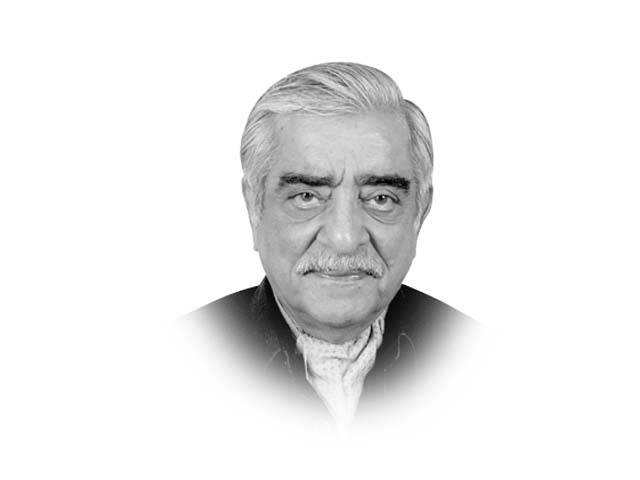Afghanistan after 2014
Pakistan must prepare to cope with the severe economic distress that is inevitable in post-2014 Afghanistan.

The writer was foreign secretary from 1994-97 and also served as Pakistan’s ambassador to Iran (1992-94) and the
US (1990-91)
Both candidates are committed to signing, post-haste, the Bilateral Security Agreement (BSA) with the United States. We can, therefore, assume that by end July, there will be a BSA in place. President Obama will probably announce a residual military presence of 12,000 of which 8,000 will be Americans and the rest from Isaf partners. There may well also be a reiteration of the pledges for military ($4.1 billion annually) and economic assistance ($4 billion annually) made at the Chicago and Tokyo conferences.
While the elephant in the room is, of course, reconciliation with the “armed opposition”, the rest of this column will try to identify the other problems that the new administration will have to contend with. Many of these issues will, of course, become less pressing if reconciliation is achieved quickly.
Up to 2013, the US had provided $96.5 billion in assistance to Afghanistan of which 56.5 billion was military assistance. For 2014, the aid level is $5.42 of which $ 4.72 is military, leaving about $700 million available for economic assistance. For 2015, the Obama Administration has proposed an aid level of $2.6 billion. If $2 billion is kept for the military as pledged in Chicago, there will be only $600 million for economic assistance. If the ANSF is to be maintained at the 352,000, a further $2 billion will be needed annually. Will it be forthcoming? Will the US be able to provide its share — usually 50 per cent of the $4 billion a year pledged at Tokyo by all donors? Will the new administration be able to meet the accountability requirements of the Tokyo agreement? Will the problems of administrative capacity and corruption persist?
At Chicago, the Afghan side had committed to providing $500 million for the Afghan National Security Forces (ANSF) from its own resources. In 2013, the total revenue of the Afghan state was 48 billion Afghanis (less than a billion dollars) as against 54 billion in 2012. This revenue sufficed to meet only 10 per cent of the Afghan government’s expenditure with the remaining being foreign assistance (64 per cent American and 26 per cent others). Can this budget permit spending $500 million on the ANSF without cutting down not only on development expenditure but also on the maintenance of education and health facilities created over the last few years?
Agriculture provides 20 per cent of the Afghan GDP but employs some 79 per cent of the population. The services sector, on the other hand, employs less than 16 per cent of the population but generates some 54 per cent of GDP. This sector, which has enjoyed a boom during the presence of foreign forces, is going to suffer a severe downturn, particularly among the younger more educated urban dwellers. How will the government support them?
Afghanistan’s economy is dependent on imports for many requirements, including food. According to official figures, in 2012 Afghanistan’s total imports were $6.39 billion against exports of just $376 million. How will this gap be filled when foreign aid dwindles?
Afghanistan has a substantial black economy — opium cultivation and unrecorded exports of timber and chromite and other minerals — but even so, the economic situation will be parlous and the new administration’s capacity to cope will be limited.
Afghanistan’s neighbours, particularly Pakistan with its long porous border, must prepare to cope with the severe economic distress that is inevitable in post-2014 Afghanistan.
Published in The Express Tribune, April 14th, 2014.
Like Opinion & Editorial on Facebook, follow @ETOpEd on Twitter to receive all updates on all our daily pieces.















COMMENTS
Comments are moderated and generally will be posted if they are on-topic and not abusive.
For more information, please see our Comments FAQ